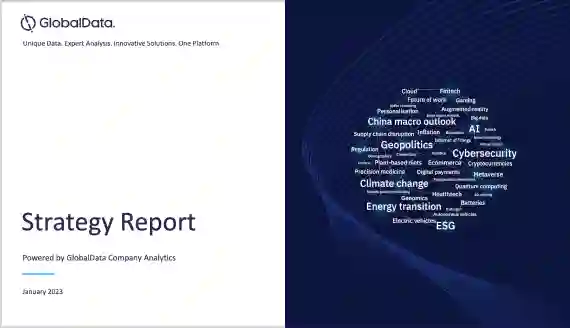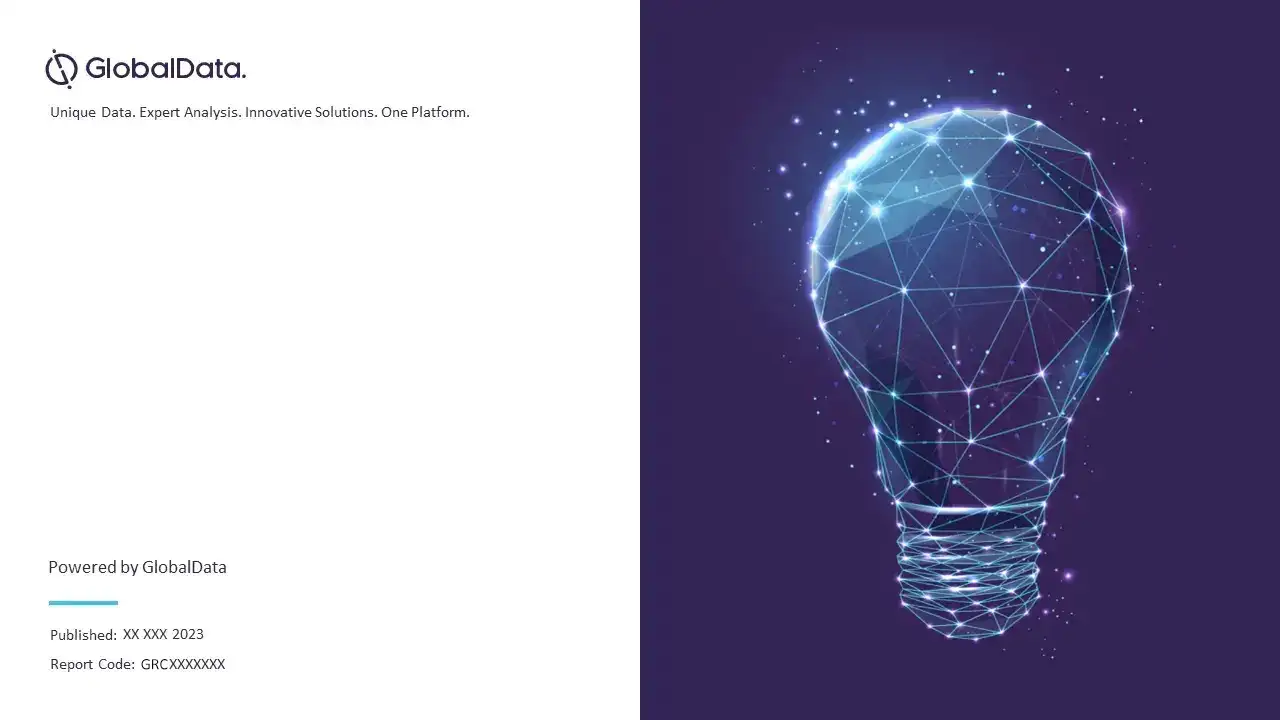Cybersecurity – Thematic Intelligence
Powered by ![]()
All the vital news, analysis, and commentary curated by our industry experts.
The cybersecurity industry faces a challenge that is anything but business as usual. The prospect of offensive attacks using artificial intelligence (AI) is prompting increases in cybersecurity budgets as organizations try to understand the impact of generative AI on their security. Hacking groups will likely use large language models (LLMs) trained on malware to target their attacks more effectively. AI is already used for threat detection, and its greater adoption will help offset attacks. However, learning how to counter AI-led attacks will take time, and cybersecurity vendors and users will face a bumpy ride for the next two to three years.
Scope
This report provides an overview of the cybersecurity theme.
It identifies the key trends impacting growth of the theme over the next 12 to 24 months, split into three categories: technology trends, macroeconomic trends, and regulatory trends.
It includes comprehensive industry analysis, including market size forecasts for cybersecurity and analysis of patents, company filings, and hiring trends.
It contains details of M&A deals driven by the cybersecurity theme, and a timeline highlighting milestones in the development of cybersecurity.
The detailed value chain is split into three main areas: hardware, software, and services. The hardware segment includes chip-based security. The software segment includes identity management, network security, endpoint security, threat detection and response, cloud security, data security, email security, application security, unified threat management, and vulnerability management. The services segment includes managed security services, post-breach response services, and risk and compliance services.
Key Highlights
Cybersecurity budgets will grow in step with IT budgets in 2024 as organizations come to terms with AI’s impact on their operations. PwC’s 2024 Global Digital Trust Insights report states that cyber investments will take 14% of the total IT, operational technology (OT), and automation budget in 2024, up from 11% in 2023. Overall, GlobalData forecasts that the cybersecurity market will be worth $290 billion by 2027, growing at a compound annual growth rate of 13% between 2022 and 2027. Managed security services, application security, and identity and access management will be high-growth areas.
Cisco’s $28 billion acquisition of Splunk will be a catalyst for AI-led cybersecurity M&A deals in 2024 and beyond as the cybersecurity industry comes to terms with generative AI-led cyberattacks. Both start-ups and maturing cyber companies will be on the radar of larger cybersecurity companies looking for products and talent. Cybersecurity M&A will likely attract regulators’ interest, particularly as a small group of private equity players are buying up numerous cybersecurity companies.
Reasons to Buy
Cybersecurity is one of the most fertile and fast-moving areas of technology. New exploits are developed daily, and organizations worldwide repel hundreds of attacks each week. This report provides an invaluable guide to this extremely disruptive theme. It includes comprehensive lists of the leading players across all aspects of the cybersecurity value chain, helping companies identify the right partners.
The report also includes a guide to the major threat actors and looks at the main types of cyberattack, from un-targeted attacks like phishing to targeted attacks like distributed denial of service (DDoS).
Abnormal
Accenture
Acronis
Airbus (Stormshield)
Akamai
Alert Logic
Alibaba
Amazon
AMD
Analog Devices
AnyVision
Aon
Appgate
Apple
Aqua Security
Arcon
Arctic Wolf
Arm
AT&T
Atos
Aware
Axiado
BAE Systems
Baidu
Barracuda Networks
BCG
BeyondTrust
BioEnable
Blackberry
BMC Helix
Broadcom
Broadcom (VMware)
BT
Cadence Design Systems
Capgemini
Cato
Cerberus
Check Point Software
Checkmarx
China Telecom
China Unicom
Cisco
Clear Secure
Clearview
Cloudflare
CMITech
Code42
Cognitec
Cognizant
Contrast Security
CrowdStrike
CyberArk
Cyberbit
Cybereason
Cynet
D3 Security
Darktrace
Dashlane
Delinea
Dell
Deloitte
Deutsche Telekom
Duo Security
DXC Technology
ekey
Equifax
Exabeam
Extreme Networks
EY
Eyelock
F5
Fidelis
Forcepoint
Forescout
ForgeRock
Fortinet
Fortra
Foxpass
Fugue
Fujitsu
Gen Digital
Gitlab
GoTo
HCLTech
Herjavec Group
HID Global
Hitachi
Horizon Robotics
HPE
Huawei
IBM
Idemia
iFlytek
Illumio
Impulse
Infineon
Informatica
Infosys
Innovatrics
Intel
Intruder
Invicti
iProov
Iris ID
IriusRisk
Ironscales
Ivanti
JMEM Tek
Jumio
Juniper Networks
Kairos
Keeper Security
KnowBe4
KPMG
Kroll (Resolver)
KT
Lacework
LastPass
Lockheed Martin
Logrhythm
Lookout
Lumen Technologies
ManageEngine
Marsh
Marvell
Megvii
Micro Focus
Micron Semiconductor
Microsoft
Mimecast
NCC
NetApp
Netskope
NordPass
Northrop Grumman
NTT Data
Nvidia
NXP
NXT-ID
Okta
Onapsis
One Identity
OneLogin
OneSpan
Onfido
OpenText
Oracle
Orange
Orca Security
Palantir
Palo Alto Networks
Ping Identity
Portnox
Proofpoint
PwC
Qualcomm
Qualys
Rambus
Rapid7
Raytheon BBN
Renesas
RSA
RTX
Ruckus
SAIC
Sailpoint Technologies
Samsung Electronics
SecureAuth
SecureOne
Secureworks
Securonix
SenseTime
SentinelOne
Siemens
Singtel (Trustwave)
Skybox Security
Skyhigh Security
Snyk
Socure
SonicWall
Sophos
ST Microelectronics
Sumo Logic
Swimlane
Synopsys
Tanium
Tata Consultancy Services
Tech Mahindra
Tech5
Telefonica
Telstra
Tenable
Tessian
Thales
ThreatConnect
Threatmodeler
TitanHQ
Trellix
Trend Micro
TrueFace.AI
Untangle
Varonis
Veracode
Verizon
Versa Networks
WatchGuard
Wipro
Xage
Yoti
Yubico
Zoho (ManageEngine)
Zscaler
Table of Contents
Frequently asked questions
Get in touch to find out about multi-purchase discounts
reportstore@globaldata.com
Tel +44 20 7947 2745
Every customer’s requirement is unique. With over 220,000 construction projects tracked, we can create a tailored dataset for you based on the types of projects you are looking for. Please get in touch with your specific requirements and we can send you a quote.
Related reports
View more Technology reports










